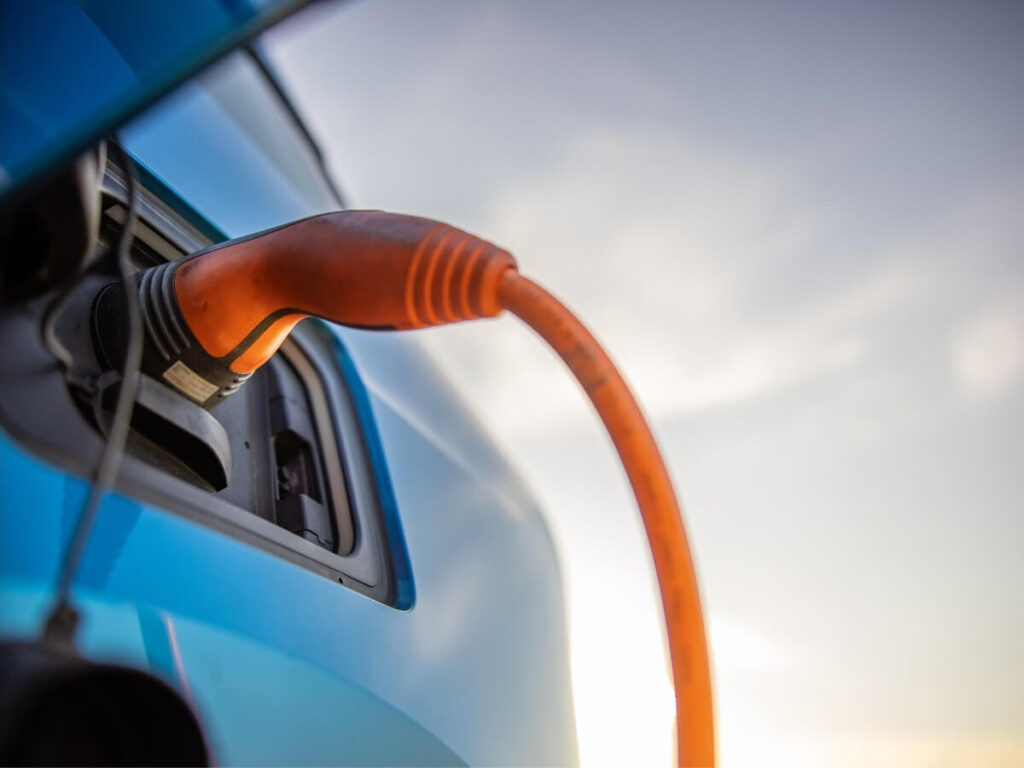Transportation Electrification
The transportation sector is motivated to decarbonize, and one of the leading solutions is the electrification of transportation systems. This advancement in electric vehicles and power is crucial for achieving a zero-carbon economy by midcentury. The US government is supporting these efforts with the CHIPs and Inflation Reduction Act, which provide incentives for semiconductors and microelectronics production that are essential components to electrification. However, it is important to note that vehicle electrification also produces emissions during manufacturing processes.
Electric Vehicles Require Air Pollution Control Solutions Throughout Production
While zero-emission vehicles (ZEVs) do not pollute once in use, their industrial manufacturing processes create an initial carbon footprint. The production of batteries and the sourcing of raw materials are the primary concerns for emissions. Additionally, other necessary operations, such as the coating and drying lines, require the treatment of airborne pollutants as they are generally solvent-heavy.
Mining
The sourcing and extraction methods required to collect the raw materials for the vehicle batteries are a primary source of air emissions. Batteries use a variety of metals, such as cobalt, nickel, copper, and lithium as critical components. The metals used in EV batteries are also present in motors, transformers, and cabling necessary to transition to a sustainable electricity infrastructure. The high demand and consequent current and expected shortages of these resources (specifically, lithium and copper) mean that recycling and recovery are necessary to drive the industry forward.
Battery Production
During the manufacture of battery cells, cathode and anode materials are mixed with solvents or other binders and collected through a series of pressing and drying processes. These solvents and binders ultimately evaporate into the atmosphere as they dry, which can react with sunlight and cause ozone pollution if not treated with the proper air control equipment. Regulated pollutants common in cell formation include cadmium, chromium, cobalt, copper, cyanide, iron, lead, manganese, mercury, nickel, oil & grease, silver, and zinc.
Lithium is also significant in the manufacturing of EV batteries. Lithium makes up 11% of a battery cell’s total mass, and automotive applications use about 31% of the world’s lithium supply: This usage will continue upward as we see increases in transportation electrification. Until technology advances, even doubling EV production means our lithium supply will be quickly exhausted. Because of the limitations of materials that make up batteries, sometimes recycling components to repurpose for ZEV batteries is useful.
Electric Grid and Storage
Most businesses in the electrification market hold values or visions consistent with sustainability or environmental stewardship. These company values often act as drivers for sustainable business decisions, such as purchasing green alternatives for production equipment. As we continue transitioning away from fossil fuel-powered industrial processes to electric-powered ones, there are necessary considerations for clean electricity sources.
The electricity sector accounted for 59% of all the coal used globally in 2021, and only 20% of electricity generated was from renewable sources. This percentage of renewable sources will increase due to continued global warming and the emergence of policies that aim to advance green energy solutions. Some green energy solutions such as wind, solar, and hydropower require energy storage systems to use as needed rather than as generated.
One of the benefits of electrification is the consolidation of emissions that are traditionally nonpoint (i.e., gas vehicles) to point source emissions (i.e., power generation plants) that are easier and more economical to treat. There is potential for more benefits once a cleaner energy infrastructure is in place.
Effective Abatement Technologies
A lot of innovation is going on with battery production (different approaches, technology, and materials), there is not a well-vetted approach for APC, so it requires customization and tailoring to these new (or pilot) processes.
Due to the uniqueness of transportation electrification applications, any of our air pollution control systems could be an appropriate solution.
Agnostic Expertise in Air Pollution Control
To successfully implement new and innovative processes like EV manufacturing, it is crucial to collaborate with knowledgeable professionals. That’s where Pollution Systems comes in – we effectively tackle your APC issues, allowing you to focus on production with minimal disruptions.


